Bankruptcy is our nation’s legal remedy for debts a person owes that are beyond their ability to pay.
Found in Title 11 of the United States Code, it supersedes any conflicting state law.
Bankruptcy operates the same from state to state, with the exception of the exemptions allowed by each state.
The bankruptcy process tries to benefit both debtors and creditors by seeing that debtors can get relief from debts they can’t pay, and that creditors can get at least some repayment from assets the debtor does not need for basic living.
The Four Chapters: 7, 11, 12, and 13
Chapter 7
Chapter 7 is the most common form of bankruptcy. If you file Chapter 7, any non-exempt assets you own are sold by the bankruptcy trustee, and the proceeds are distributed to creditors to pay off as much of your debt as possible before wiping out the rest of your dischargeable debt. It is often referred to as the “fresh start” bankruptcy.
Chapter 7 is available to individuals, married couples, corporations, and partnerships. Individuals usually get a discharge within 3-4 months of filing.
Any wages you earn AFTER beginning a Chapter 7 bankruptcy belong to you and are protected from creditors you owed on the day you filed.
Chapter 11
Chapter 11 is the kind of bankruptcy you most often hear about with regard to businesses. However, in addition to corporations and partnerships, individuals can also file Chapter 11 if their debts are too high to qualify for Chapter 13 bankruptcy.
In Chapter 11, the debtor usually gets to keep possession of their assets and continues to operate the business, subject to the oversight of the court and the creditors’ committee.
The debtor will propose a repayment plan that has to be accepted by a majority of the creditors and confirmed by the court. Repayment plans can call for repayment out of future profits, the sale of some or all of the business assets, or a business merger or recapitalization.
Chapter 12
Chapter 12 bankruptcy is for family farmers. It is modeled after Chapter 13 bankruptcy, in which the debtor keeps their property and pays creditors out of their future income.
Chapter 13
Chapter 13 bankruptcy is a repayment plan for individuals who have a regular income, and whose unsecured and secured debts are below the debt limits set by the bankruptcy court.
If you file Chapter 13, you keep your property, such as your home, and make regular payments over 3-5 years to the Chapter 13 trustee, who distributes those payments to your creditors.
Payments to creditors can range from a tiny fraction of your original debts to 100%, depending on your income, assets, and types of debts.
Chapter 13 bankruptcy is useful for discharging debts that cannot be discharged in Chapter 7. It can also help you prevent foreclosures and repossessions, while allowing you to catch up on your secured debts, unpaid taxes, or delinquent child support.
Making the Right Choice
Is your mind reeling with all the information available online about bankruptcy? I’ve tried to cover as much information as possible on this website, in as simple and clear a manner as possible.
Feel free to continue to explore this site and learn, and when you are ready to talk to an experienced bankruptcy attorney, it’s free to chat with me about your options – you can call or text me at 215.551.7109, or drop me a line.









